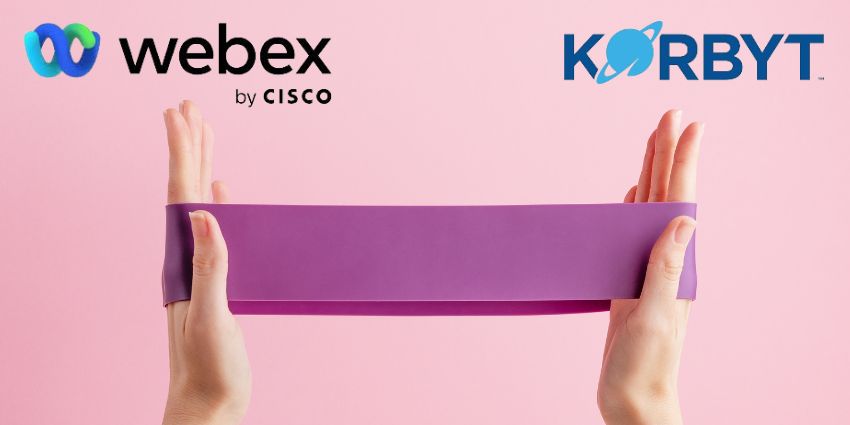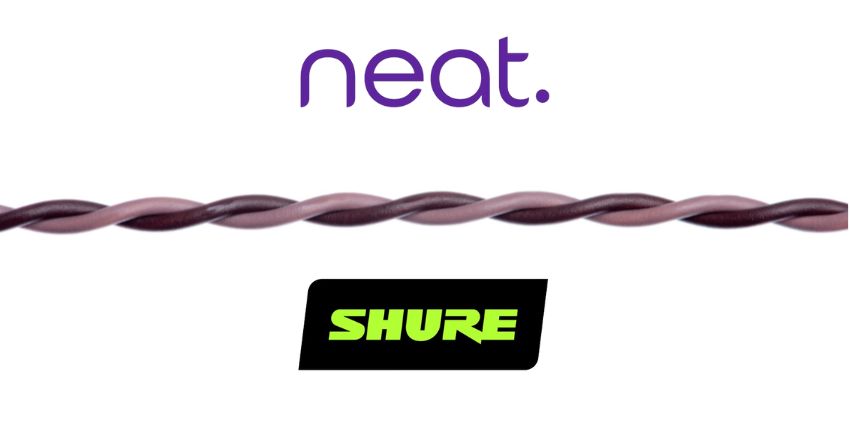Earlier this month, the UC Today team attended the biggest channel event on the calendar, Channel Partners in the US, to find out the latest trends impacting the partner space.
Here are the top five takeaways that stood out for us.
Employee Experience > Customer Experience
We caught up with Juanita Coley, CEO of Solid Rock Consulting, about her latest work in the Customer Experience space. Coley sees two clear trends that partners need to grasp.
The rising importance of Employee Experience (EX) is something partners can’t ignore. It simply doesn’t matter if you deploy lots of great technology to service your customers if your employees are getting a raw deal. After all, it’s the employees who are responsible for delivering great Customer Experience, so treat them well! Coley says businesses should really start with their EX before trying to overhaul their CX.
The second trend Coley is seeing is that business leaders are trying to jump into AI with very little understanding of what is required to kickstart that journey. This is where partners can assist businesses with in-depth knowledge of their customer’s market.
Coley said: “Many businesses want AI but have zero Knowledge Management Data, which is critical for training AI models… they really need to get that right first.”
Brett Harrison, Director, Global Collaboration Channel GTM at Cisco, commented on the importance of making the ‘back to the office’ trend more magnetic for staff rather than a mandate.
The back-to-the-office trend is driving device sales for Cisco right now and is a huge opportunity for partners to focus on that Employee Experience outcome that so many businesses have failed to execute.
He said: “When it comes to conference rooms, it’s not just about the rooms having a monitor and a webcam… that is not the environment that we want to create. We need to think from the perspective of the Employee Experience: how do we create an employee experience that gives them an outcome that they can’t get in the home office?”
Harrison says we need employees to think, “I’m in the workspace; I’m more productive here. I’ve got access to more people. I’m developing community, and ultimately, my output is much greater.”
Harrison believes this is part of the secret to getting employees back in the office willingly. Partners can really help compound this message for employers, too.
POTS Replacement is Generating HUGE Opportunities for Partners
Countries around the world are busy moving away from their traditional copper networks and onto IP technology. The UK is committed to turning off its PSTN network by 2025, while other countries are already there. However, there is a huge amount of technology still hanging off the back of legacy networks, which is an opportunity for partners to double down on POTS (Plain Old Telephone Service) replacement services.
The mid-market particularly has been prone to sweating technology assets like door entry systems, phone systems, POS systems, or even fax machines (remember those?!).
We caught up with Ooma, who were showcasing their Airdial product at Channel Partners. AirDial combines phone service, a T-Mobile data connection and hardware in a single package to allow businesses to sweat their legacy services like the ones mentioned above.
Chris Burgy, VP of Corporate Development at Ooma, said: “Many years ago, everyone was thinking that everything was moving to the cloud. We’re seeing customers start to question those decisions a little bit and realising there’s still a place for on-prem, and there are plenty of reasons to run premises technology. That might be driven by regulatory reasons, cost, or simply the customer isn’t ready to put all their workloads out in the cloud.”
Mid-Market Customers are Buying UC and CC Together
One of the big announcements at Channel Partners this year was GoTo and their launch of Contact Center Pro, a CCaaS product aimed at the mid-market. Considering the market dynamics of the rest of the UC vendor space, this wasn’t entirely unexpected, but it does shed light on how partners could approach UC and CC sales in the mid-market space.
GoTo’s new product is born in the cloud and doesn’t come with the technical debt associated with older solutions. However, it also doesn’t have years of credibility built up in the space yet, either.
We asked GoTo why they are specifically targeting the mid-market contact centre space.
Mike Day, GoTo’s Channel Chief, said: “The well-known, established names in the contact centre space continue to win the bigger enterprises, leaving this gap in the mid-market between 1 and 500 seats. When we started looking at the market dynamics of that, 80% of contact centres have agent numbers in that range. It really allowed us to bring to market a product at a good price point that addresses the five agents, the 50 agents, the 100 agents, and so on, as well as the different requirements customers have at those levels.”
So, what is important when it comes to integrated UC and CC for partners and customers?
Day continued: “Partners want UC and CC consolidated on one pane of glass to manage; this is very important for them, and then having one throat to choke is important for both customs and partners. It’s a much easier sell at that point, too; customers get one bill, one point of contact, one account manager, etc.”
GoTo has always majored in ease of deployment, and the Contact Center Pro product is no different.
Day added: “The number one issue new partners come to us with is around implementation. With different vendors, they may have signed the deal six weeks ago, and nothing is moving forward; no one from implementation has reached out to them. We differentiate heavily here and make it simple and quick to deploy.”
Partners Must Learn to Sell to a Wider Pool of Buyers
Technology buying decisions are not just being made by the IT teams today. As technology becomes more pervasive within organisations, new types of buyers, or deal influencers, are emerging. HR and Facilities Managers are common roles to find in technology deals, among others, and partners must ensure they can communicate and connect with those roles outside of the IT department.
Cisco’s Harrison said: “We’ve had to change our own sales methodology inside of Cisco and the training we deliver to our partners. It’s a different talk track with facilities and HR. Take HR, partners need to be asking for strategic outcomes, i.e. what is your strategy for recruiting and retaining talent in the next three to five years?”
According to Harrison, partners can’t solely showcase technology anymore. They need to understand how to deliver business outcomes to departments and use their vertical expertise. With Facilities Managers, for example, their wants and needs may centre around optimising space, creating power and cooling savings, or completing sustainability initiatives, which is a far cry from just looking at the latest conferencing solution.
Harrison continued: “Sustainability is one of those outcomes most companies are looking for, especially in Europe. There are requirements and mandates for Sustainability, and partners need to leverage the technology to not only drive a sustainable outcome but also ensure they can measure it and prove the outcome.
“We’re developing a lot of these tools that partners have access to and enable them to deliver a sustainability service or an outcome-based sustainability service, leveraging the intelligence, the metrics and the provisioning data that we have inside the platform.”
The AI Opportunity
Channel Partners was awash with chatter about AI, but how can partners actually productise it and generate revenues? AI is being infused into a plethora of products across the market, but is the technology actually helping generate additional revenues?
Mark Tina, Channel Chief and Vice President of Indirect Partner Sales for Verizon Business, commented: “I don’t think we’re there yet. However, Verizon leverages AI and has been for years in things like call routing. But now it’s more about Generative AI, Machine Learning, and how we can transform using AI. been for years in things like call routing. But now it’s more about Generative AI, Machine Learning, and how we can transform using AI.”
“We interact with a lot of our partners through API integration services. I think we’ll start to see a lot of this AI come together here to help suggest best-in-class solutions for customers or perhaps help our employees decide which partner they should choose. It will all become more predictive and synchronised.”
Cisco’s Harrison said: “We are building AI into the platform as a value add to the platform, not a product to be monetised separately. So, there’s a different approach there. The second thing we’re doing is we are not building AI for a specific product, we are building AI for the entire platform.
“I actually don’t want customers to realise they are having an AI experience; I just want them to have a delightful experience to get what they want, not realising that there was a load of AI that just helped them get there.”
Verdict
As always, channel partners must adapt to a new set of market dynamics.
Much of the new technology is pushing for different types of conversations with customers. When it comes to complex technology like AI, there is still a trusted advisor role to play there to understand what is best for the customer.
This, combined with new types of buyers in the sales conversation, pushes partners to sell based on business objectives and outcomes rather than on technology itself. Understanding these dynamics in the context of new technology will help keep partners abreast of their customers’ needs.







